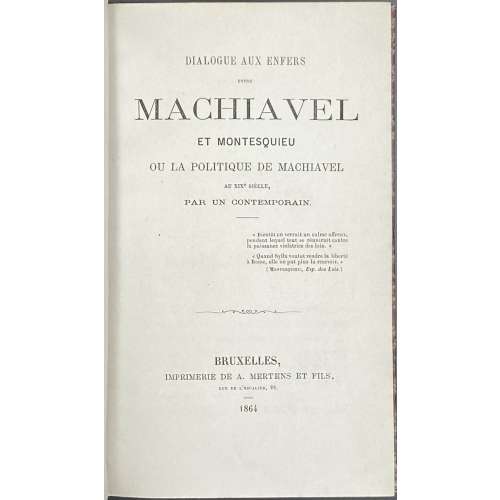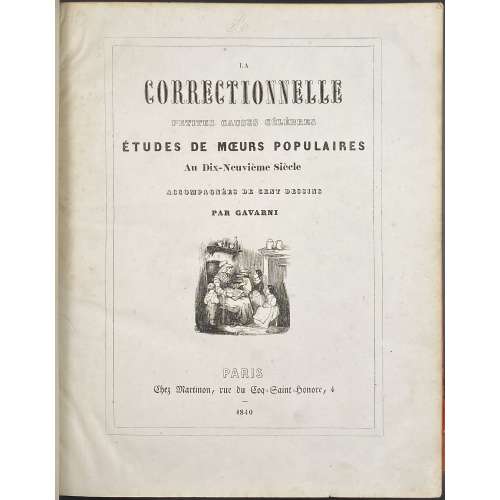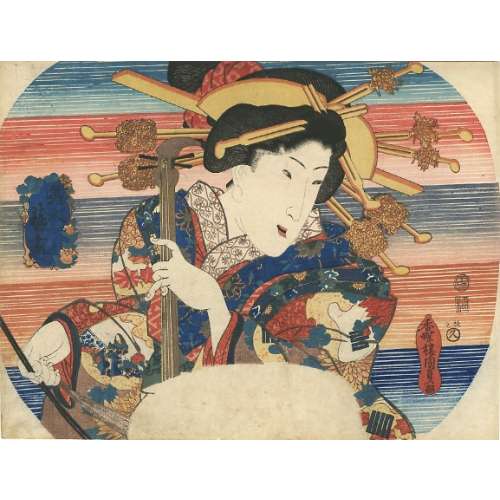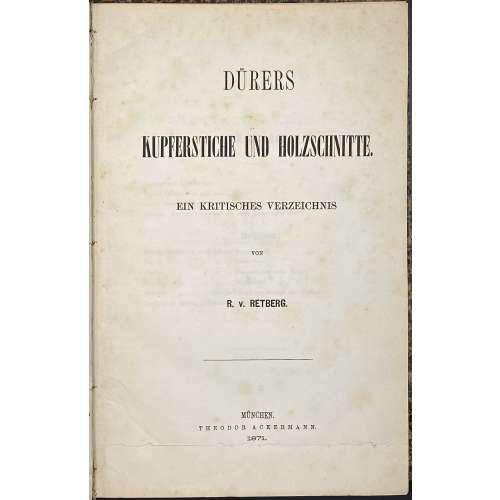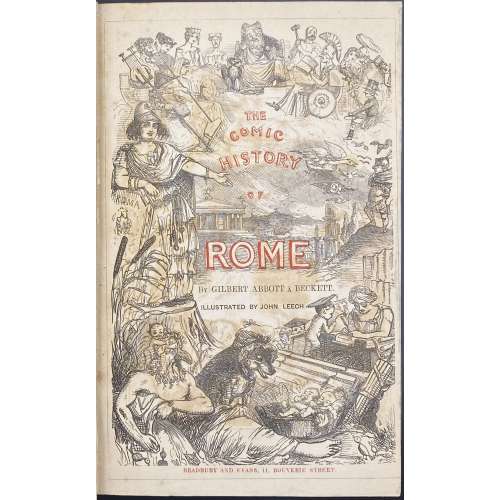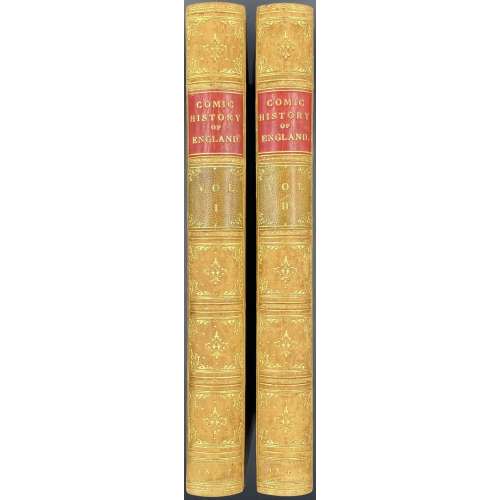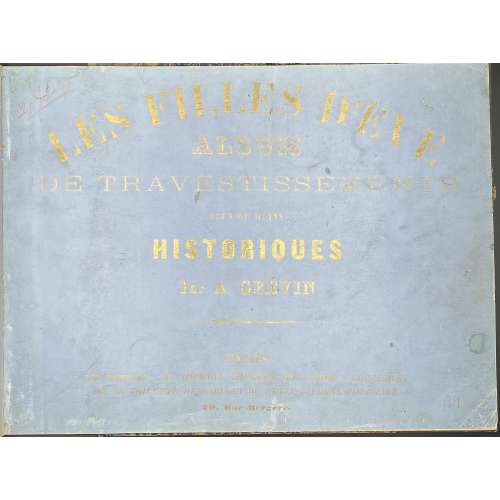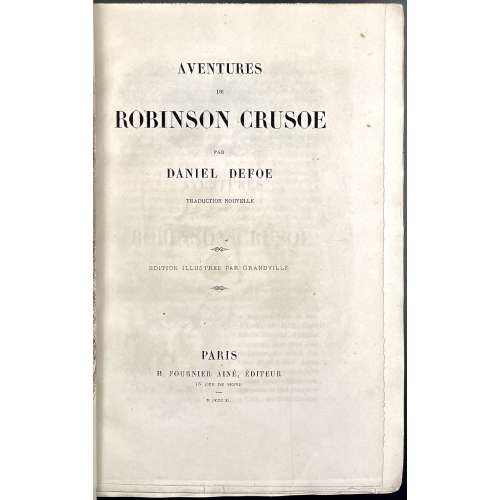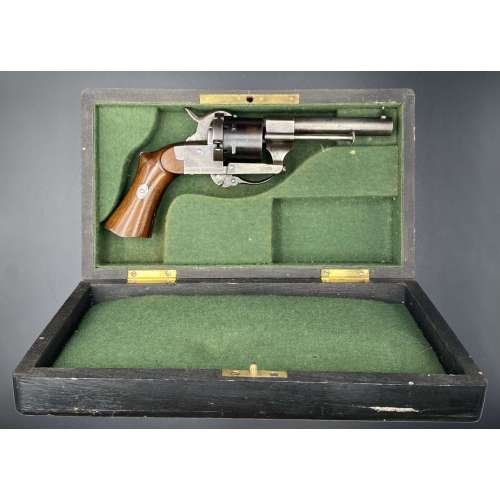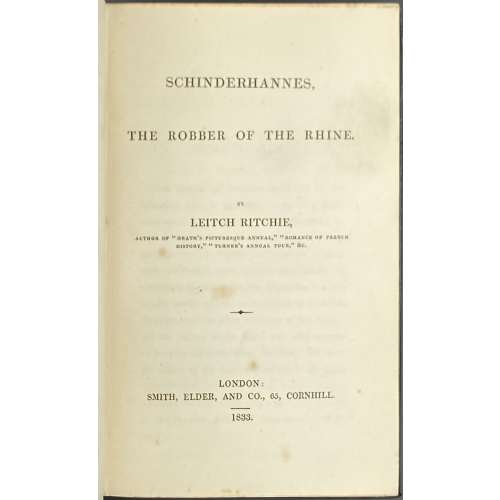Title page: AVENTURES | DE |
ROBINSON CRUSOE | PAR | DANIEL DEFOE | TRADUCTION NOUVELLE | ☙ |EDITION ILLUSTREE PAR GRANDVILLE | ❧ |PARIS | H. FOURNIER AINÉ, ÉDITEUR | 16 RUE DE SEINE | — | M DCCC XL || {sic: no accents in EDITION ILLUSTREE)
Pagination: [4] [1]-610, [2] [1]-4., 620 pp. total plus 82 leaves of plates, unpaginated.
Collation: 2 binder’s blank leaves, front publisher’s wrapper, h.t / imprint, 2 copies of engraved frontispiece on china paper, t.p. / blank, etc., … text..., back wrapper and spine bound in; 4to: π
2 [1]-77
4 (310 leaves total) plus 40 x 2 plates extraneous to collation.
Illustrations: 2 head- and 2 tailpieces, 2 initials, 159 vignettes, and 40 lettered plates each in two variants: one printed on a regular page, and one printed on India paper and pasted to a page. Page size: 24 x 15 cm.
Frontispiece: Cut on wood by Louis-Henri Brevière after J. J. Grandville and Français. “Robinson sits on a throne-like chair framed by exotic palm trees. The sculptural and quasi-royal representation of Robinson is flanked by his faithful dog and parrot. The hero’s tools (the gun and the axe) are prominently displayed. He looks to the horizon away to the left, rather than to the tiny ship that can be seen on the horizon. His overcoming of life’s difficult events is at the core of the representation. The massive plinth reinforces the aura of the hero, as do the tiny people admiring the sculpture and learning about the heroic figure. Friday is discreetly represented in a medallion on the plinth along with other decorations including goats and a «savage»". [Sitzia, E. (2020). Lost in Intersemiotic Translation? J.J. Grandville’s Illustration of Robinson Crusoe. Journal for Literary and Intermedial Crossings, 5(2). https://clic.research.vub.be/sites/default/files/atoms/files/SITZIA_FIN.pdf]
The monument has an inscription: “ FERNAND | SUEZ” which we deciphered as either a tribute to
Juan Fernández (Spanish, c. 1536 – c. 1604) or as a mention of the place where Crusoe’s adventures took place:
Archipiélago Juan Fernández to which
Isla Róbinson Crusoe belongs
.
Binding: 24.8 x 16.4 cm, by Emile Mercier, half green crushed morocco over marbled boards, gilt-ruled, spine ornately gilt, sunned to orange tone, marbled endpapers, publisher's pale yellow wrappers bound in; only the top edge trimmed.
Contributors:
Daniel Defoe (British, 1660 – 1731) – author.
J. J. Grandville [Gèrard, Isidore-Adolphe] (French, 1803 – 1847) – artist.
François-Louis Français (French, 1814 – 1897) – artist (frontispiece, landscapes).
Engravers:
John Quartley (British, fl. 1835 – 1867)
Matthew Urlwin Sears (British, 1799 – 1870)
Adolphe Best (French, 1808 – 1860)
One of the Guillaumots:
Eugène Guillaumot (French, Paris 1813–1869), or
Auguste Etienne Guillaumot (French,1844 – 1890), or his father
Auguste-Alexandre Guillaumot (French, 1815 – 1892)
Laisné [Alfred, Adèle, and Aglaé] (French, active 1835–1868)
Antoine-Alphée Piaud (French, 1813 – 1867)
Louis Dujardin (French, 1808 – 1859)
A. Hans (nothing is known)
Jean Louis Joseph Camille Lacoste (French, 1809 – 1866)
Louis-Henri Brevière (French, 1797 – 1869) – vignettes.
Provenance:
Bishop, Cortlandt Field (American, 1870 – 1935) – bookplate;
Mary S. Collins – bookplate by J. H. Fincken
Robin F. Satinsky (American, 1919 – 2008) – Robin Collection bookplate.
Catalogue raisonné: Brivois (1883) p. 155; Ray (French): № 193, p. 272; Carteret (1927): p. 241. All indicated in-8vo, which doesn't correspond to our in-4to copy.
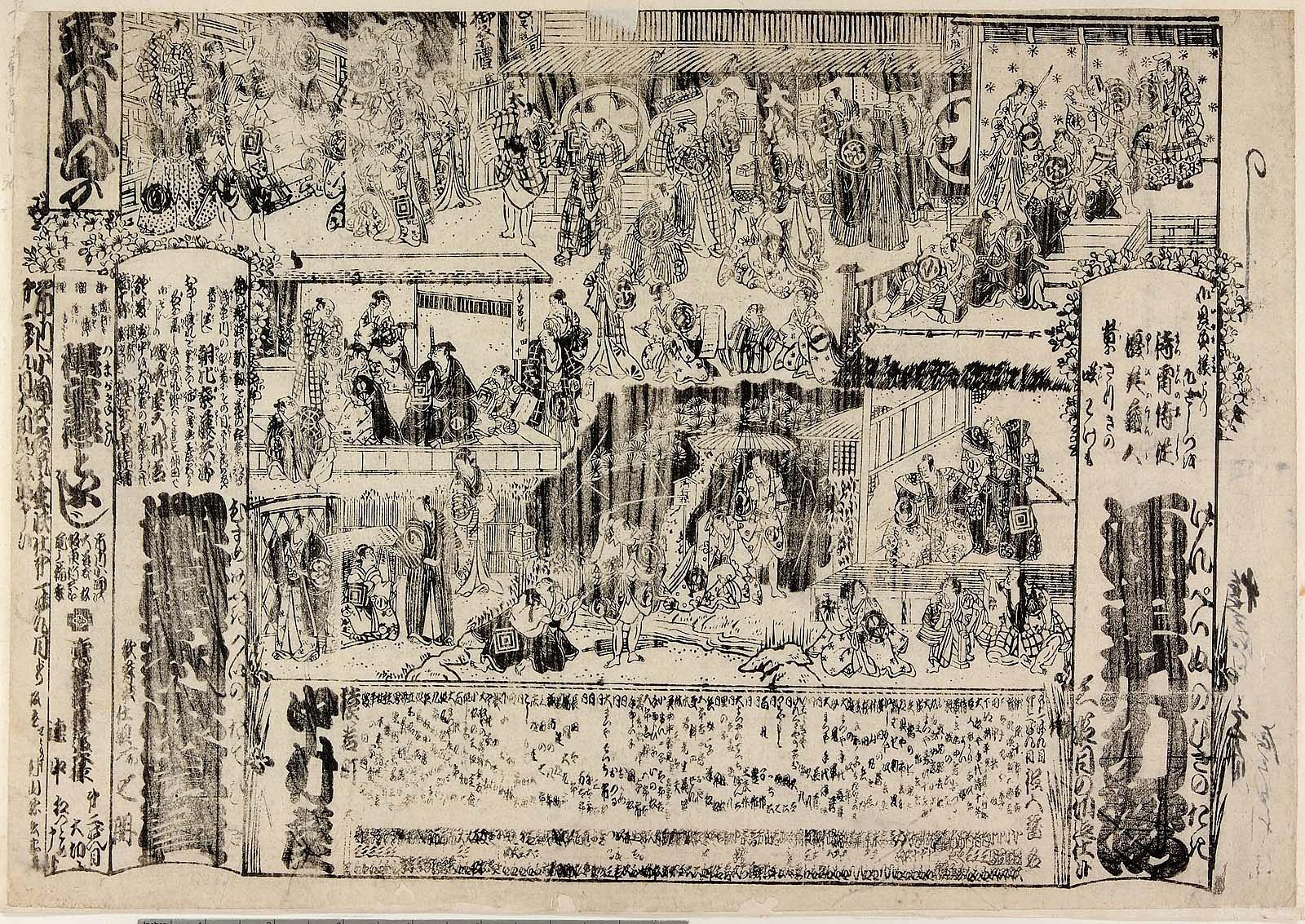 Actors:
Bandō Takesaburō I (初代坂東竹三郎) (Japanese, 1832 – 1877); other names: Shinshi, Shinsui V, Bandō Hikosaburō V [五代目坂東彦三郎], Bandō Tsurunosuke I.
Ichikawa Kodanji IV [市川小團次] (Japanese, 1812 – 1866); other names: Ichikawa Yonejūrō I, Ichikawa Yonezō III, Ichikawa Eizō.
Actors:
Bandō Takesaburō I (初代坂東竹三郎) (Japanese, 1832 – 1877); other names: Shinshi, Shinsui V, Bandō Hikosaburō V [五代目坂東彦三郎], Bandō Tsurunosuke I.
Ichikawa Kodanji IV [市川小團次] (Japanese, 1812 – 1866); other names: Ichikawa Yonejūrō I, Ichikawa Yonezō III, Ichikawa Eizō.
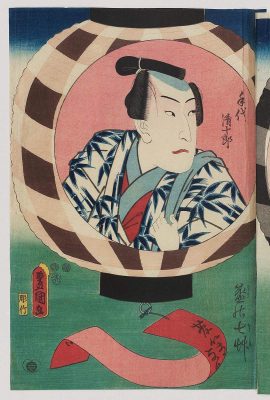
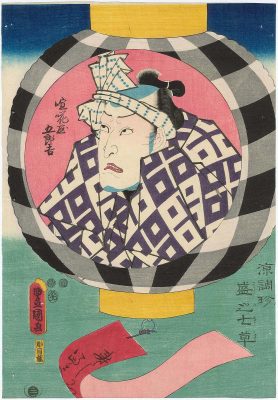


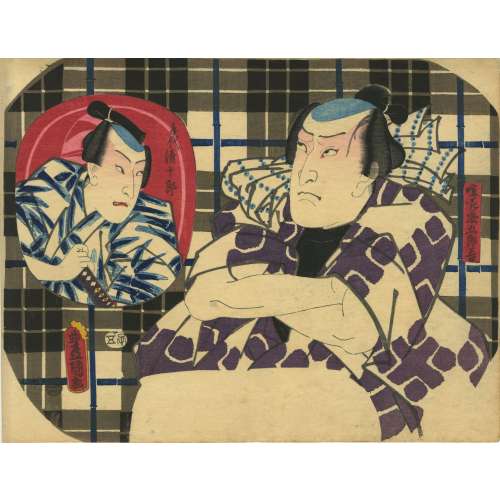

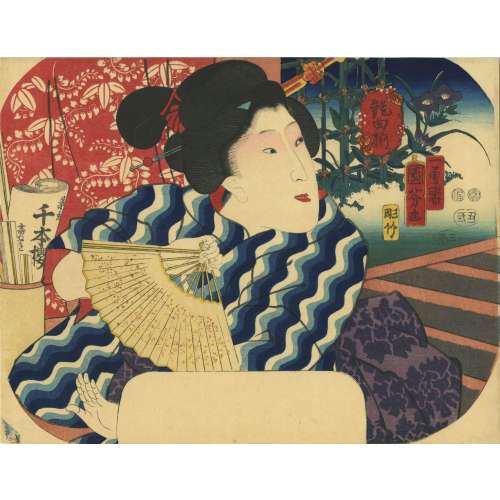
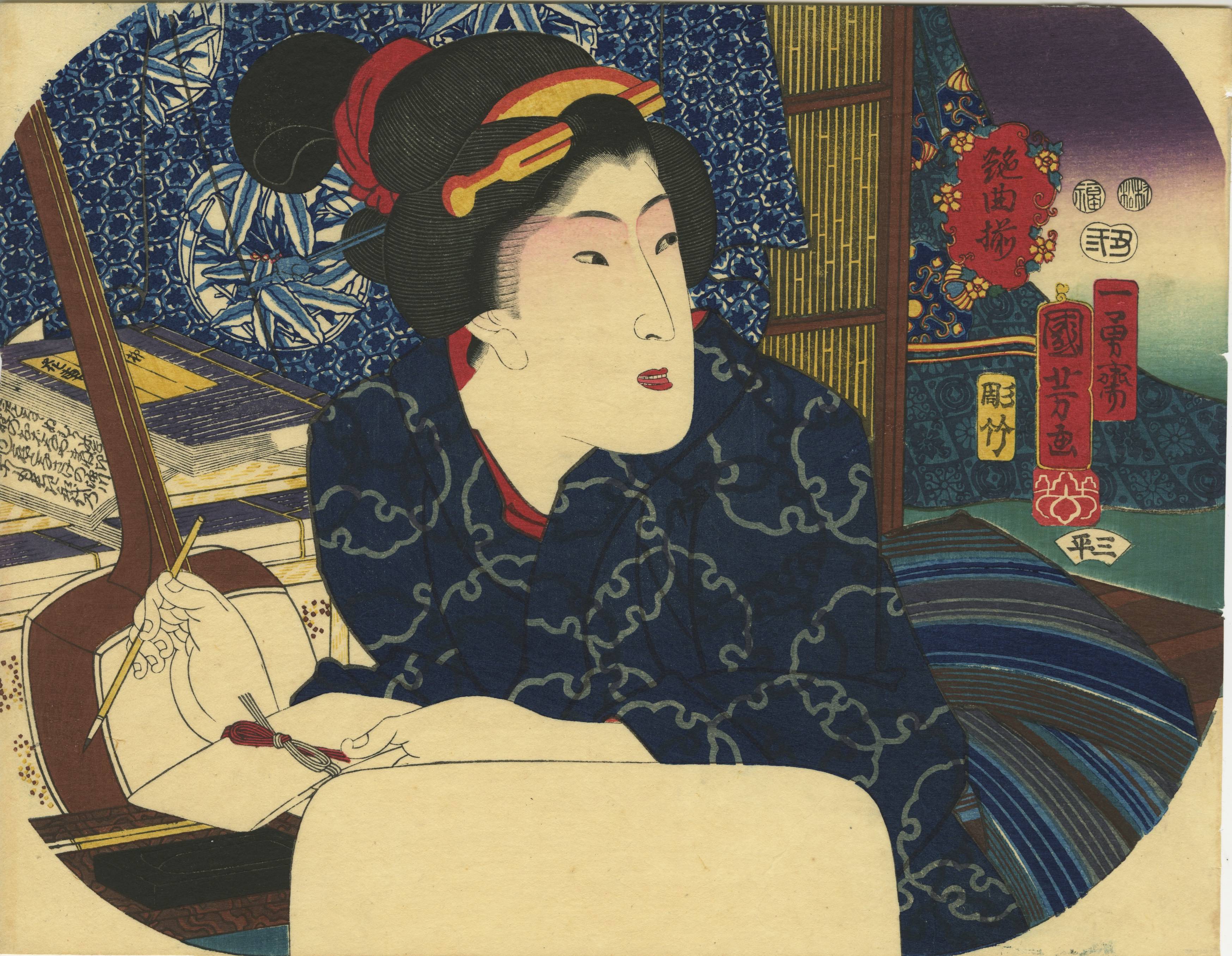
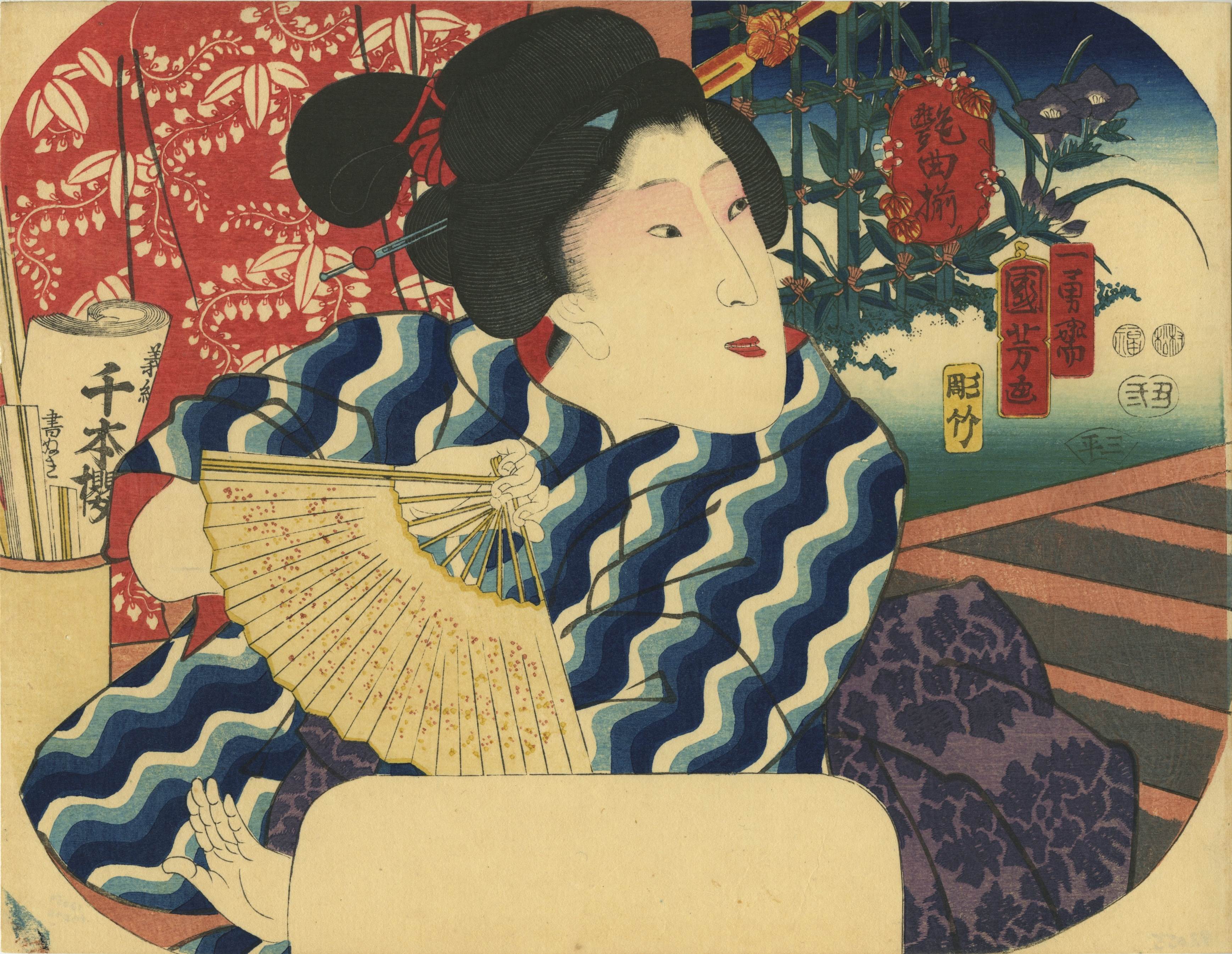
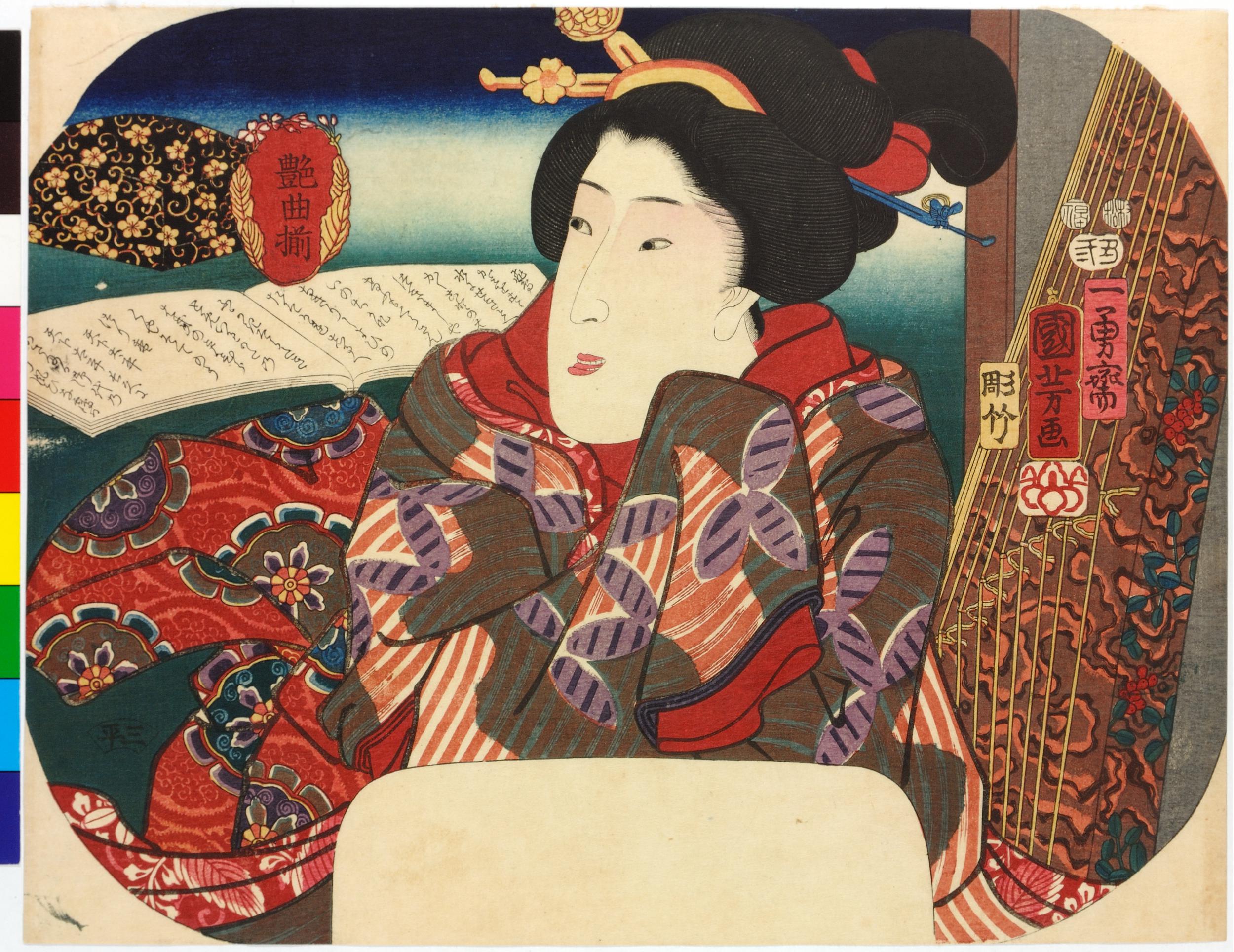
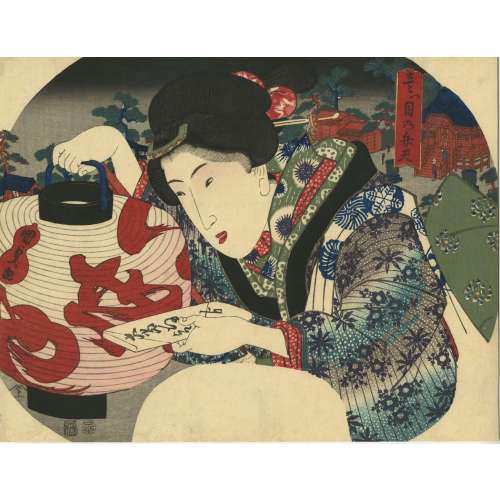
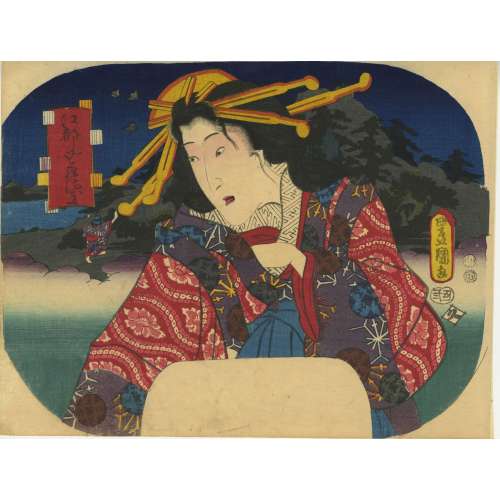
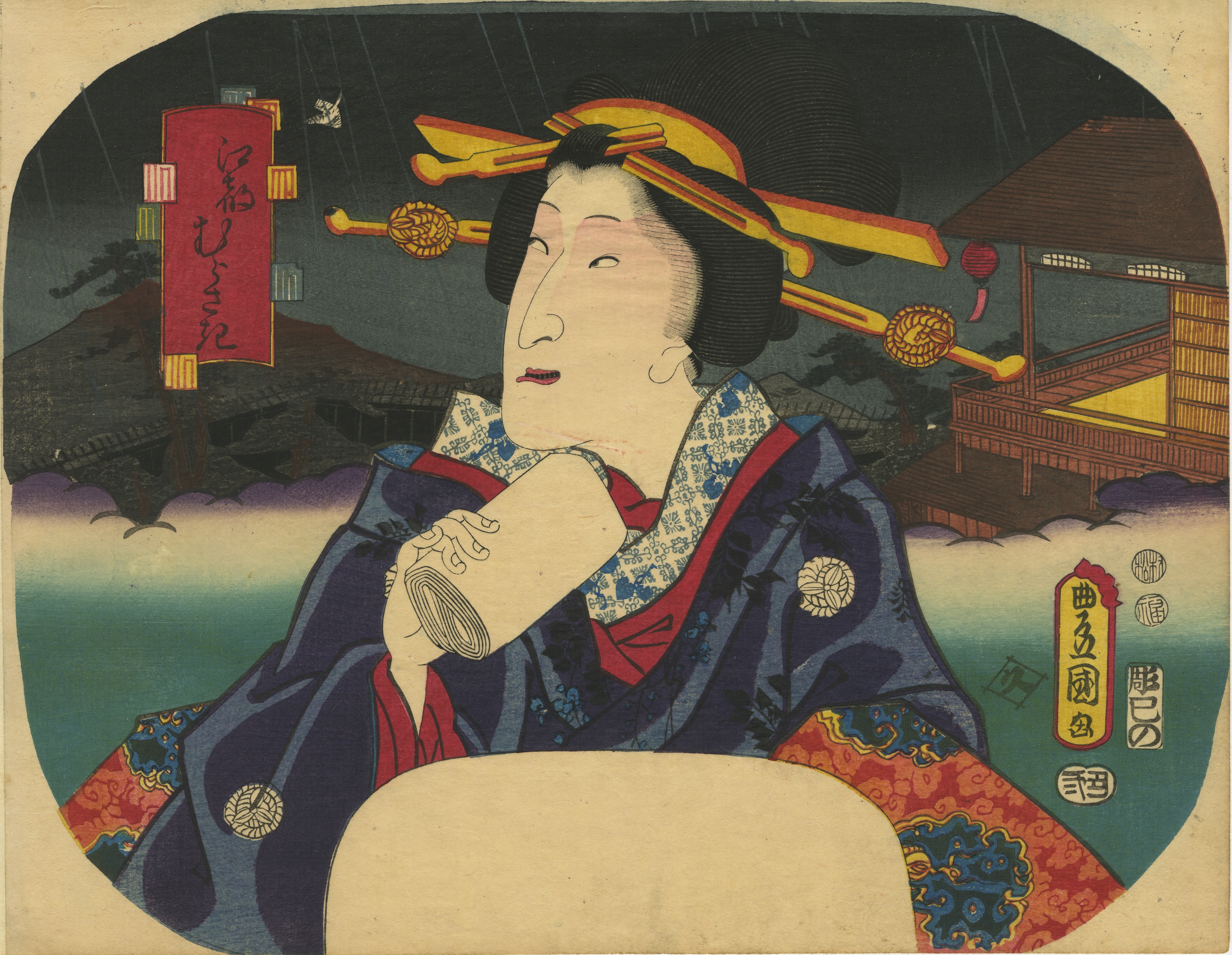
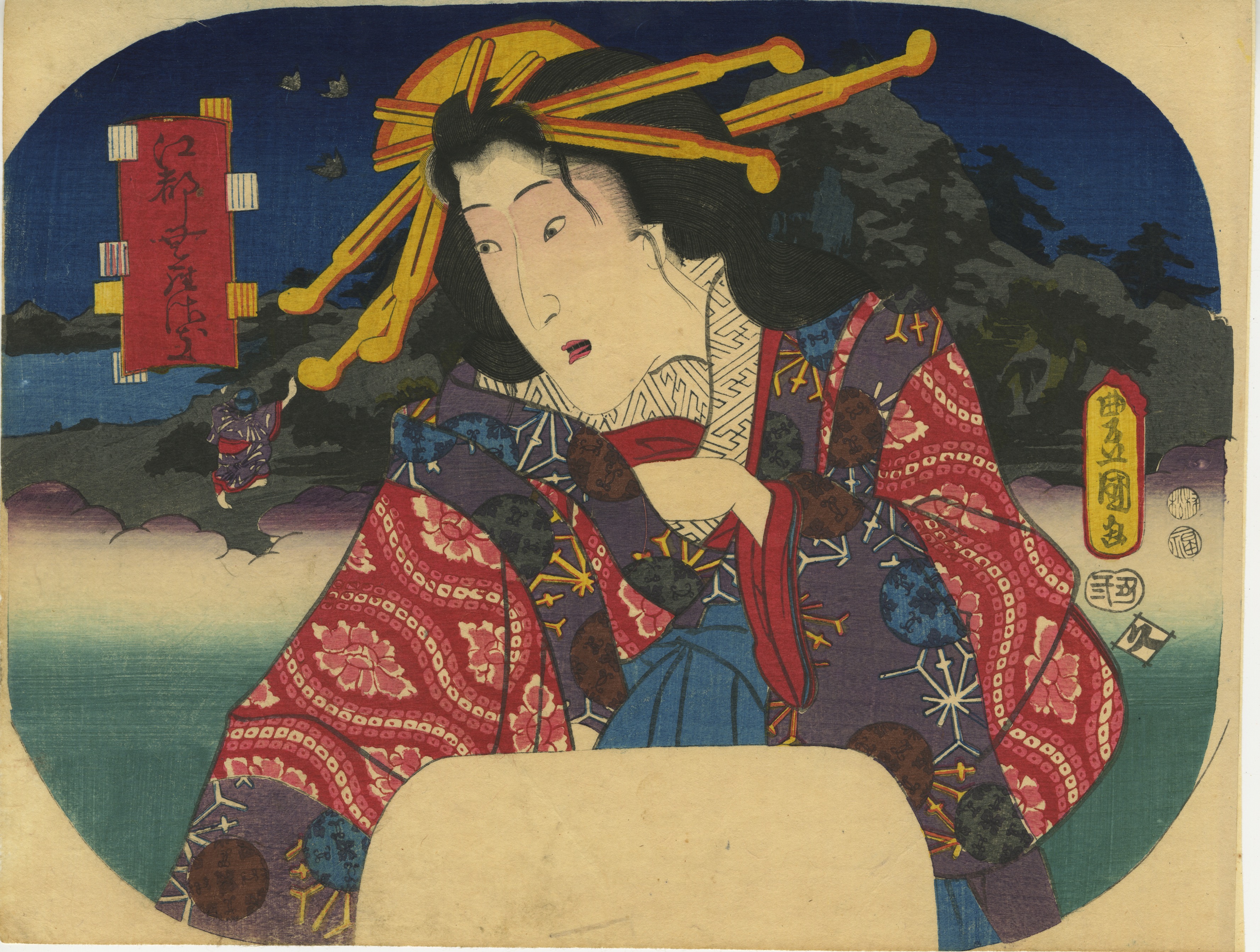
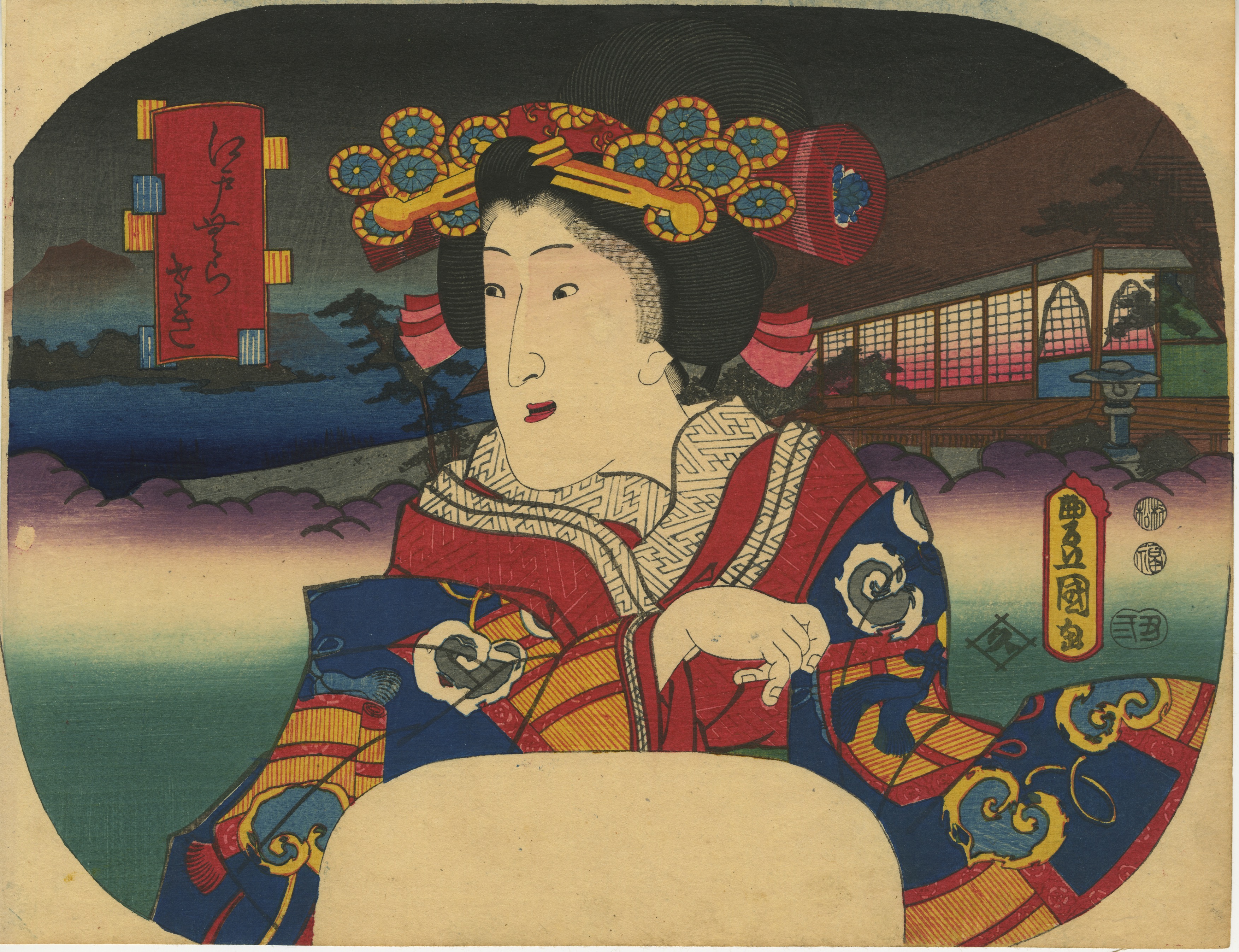
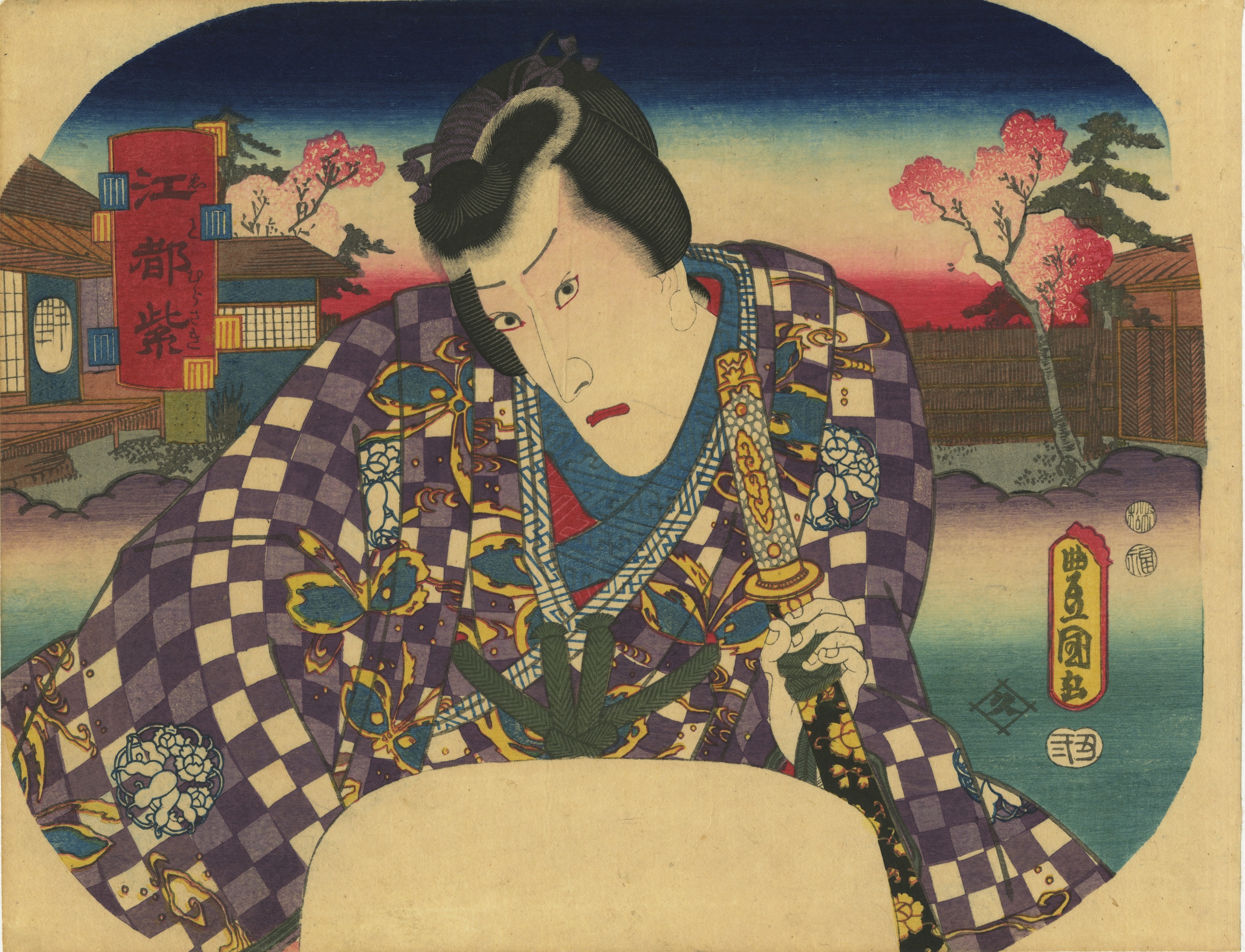
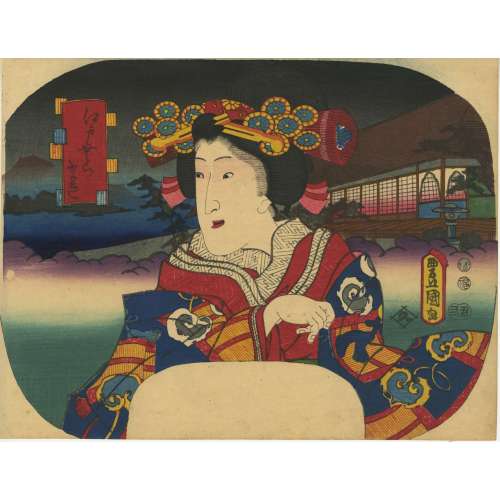
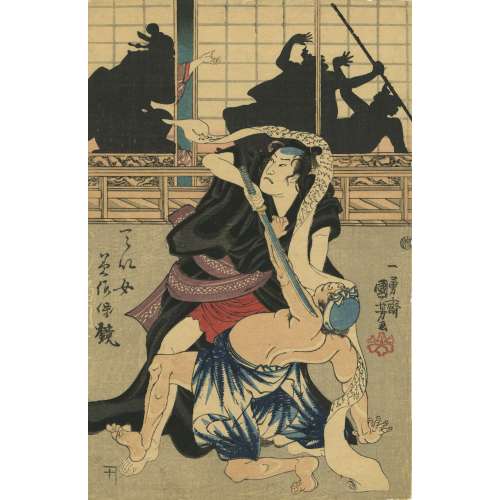
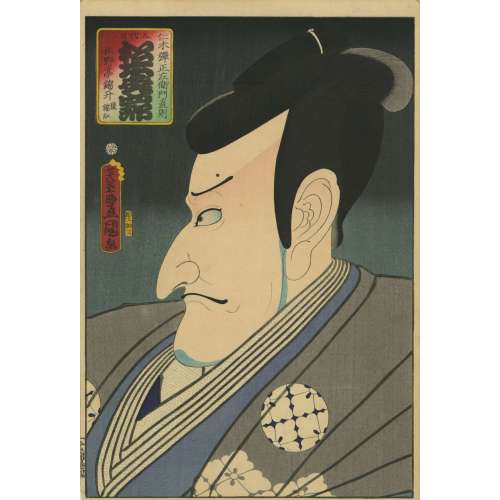
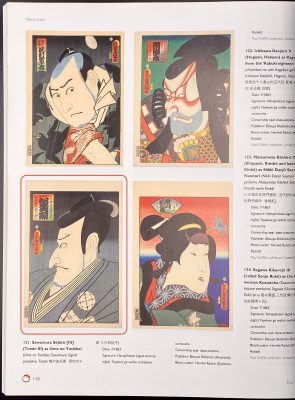 Ref.: (1) [
Ref.: (1) [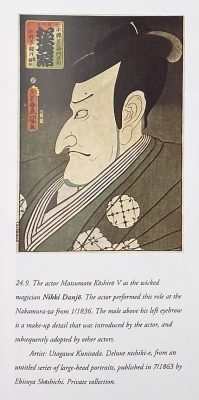
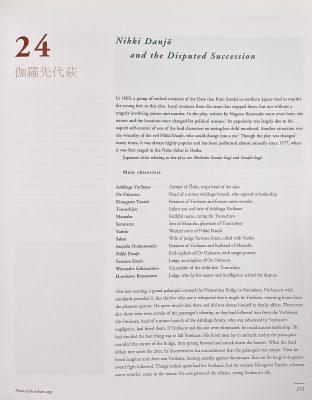
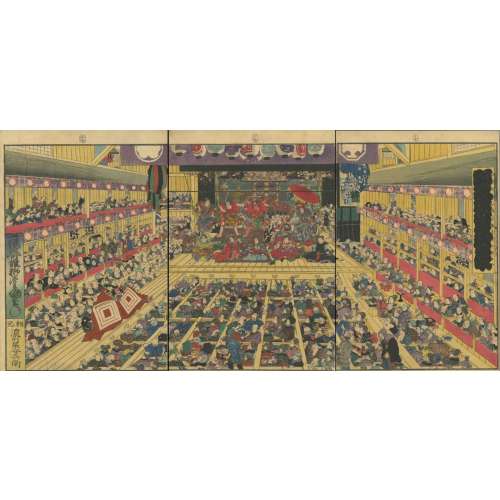
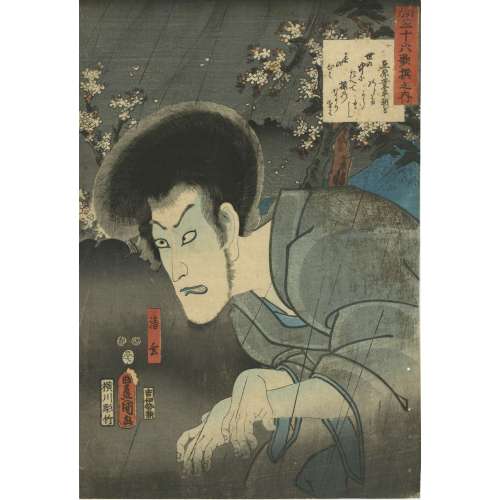
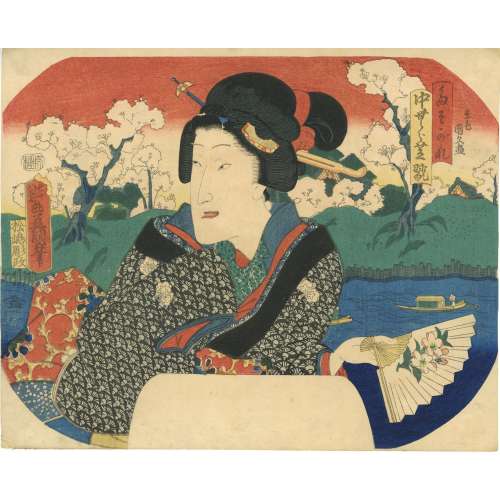
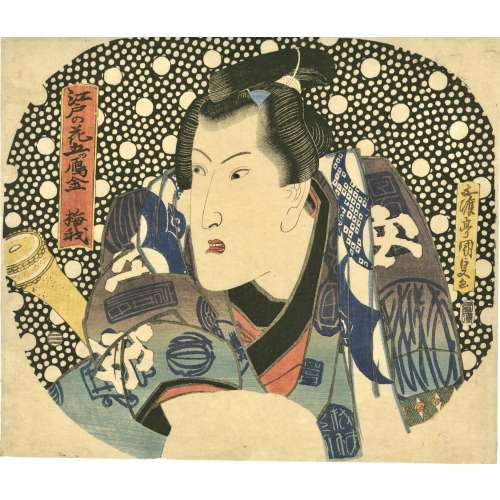
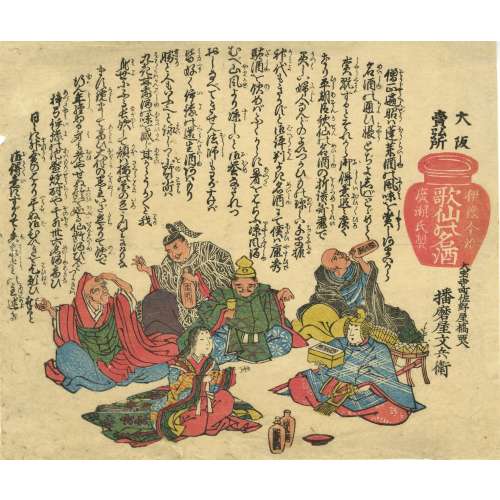
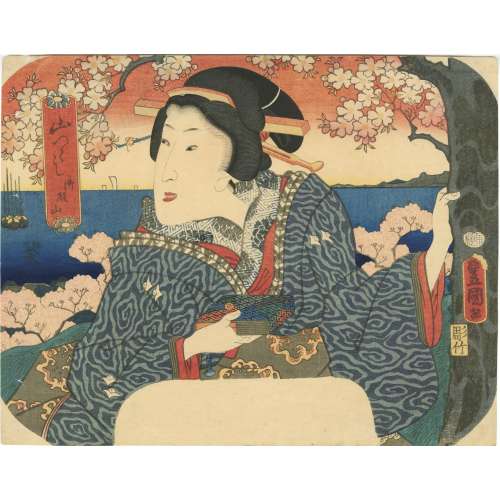
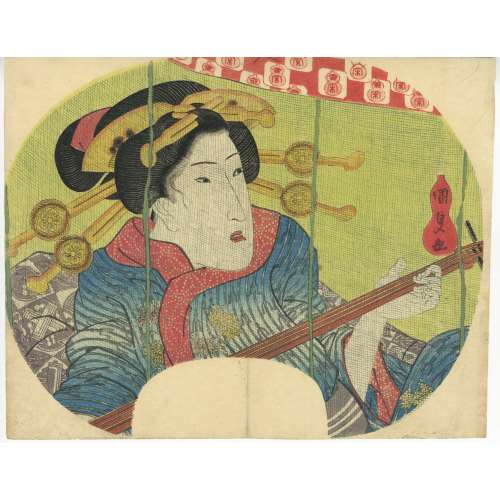
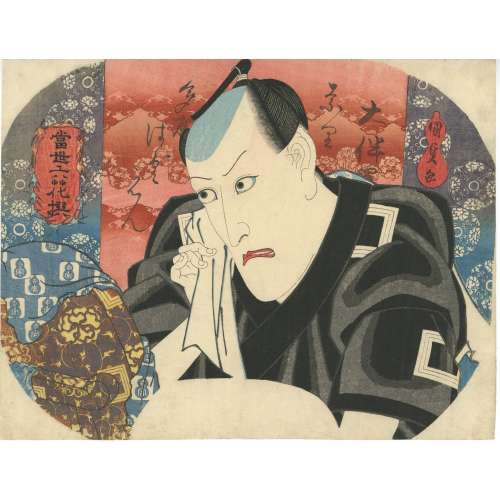

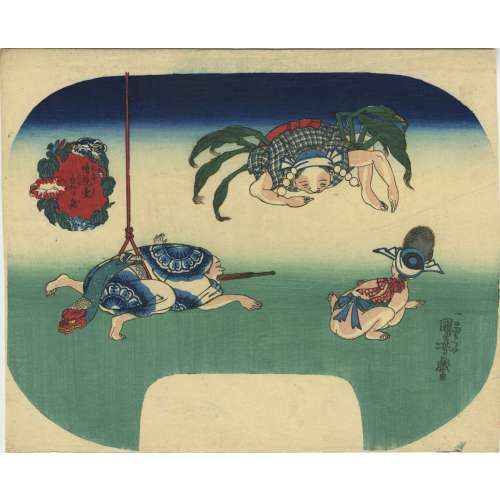
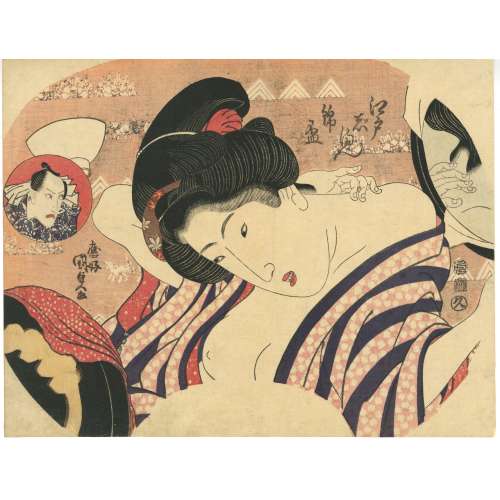
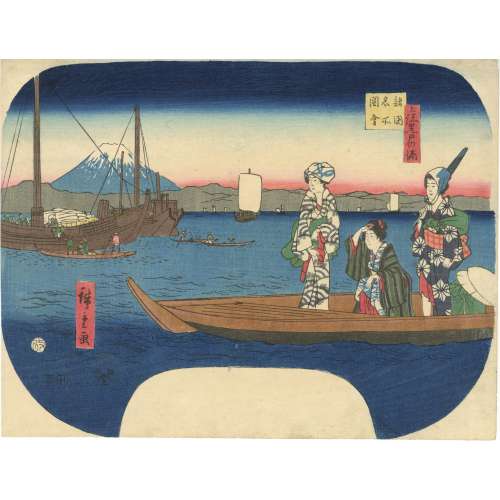
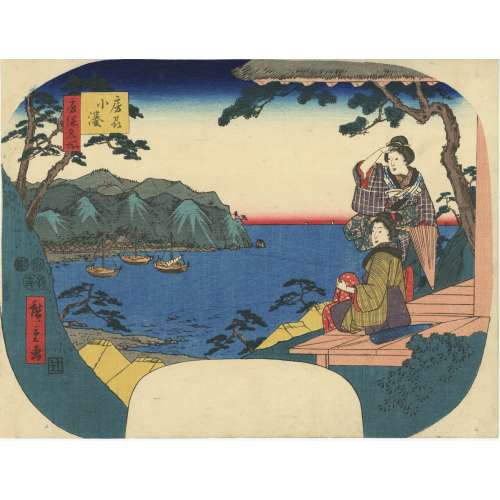
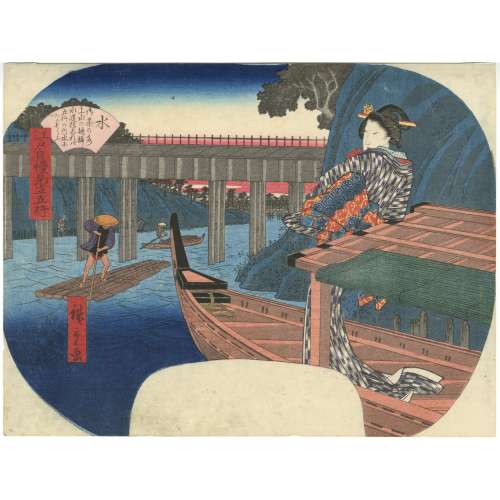
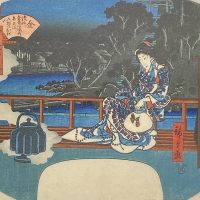
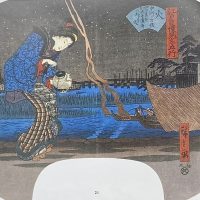
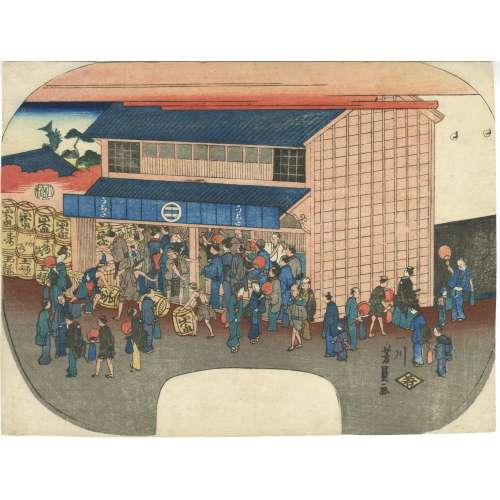
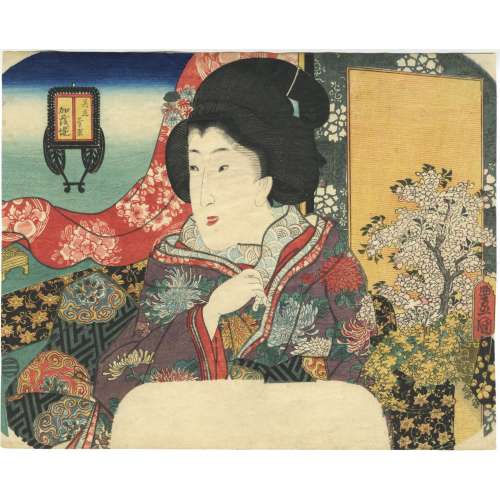
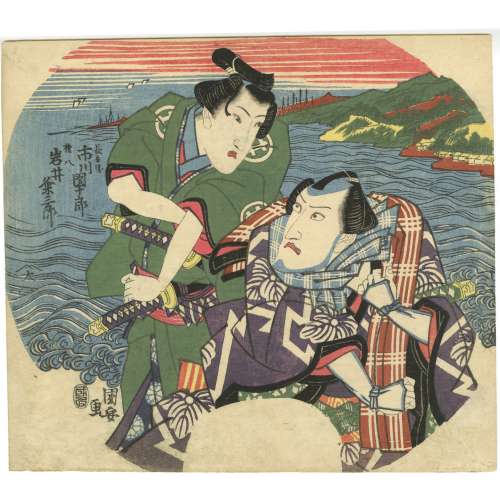
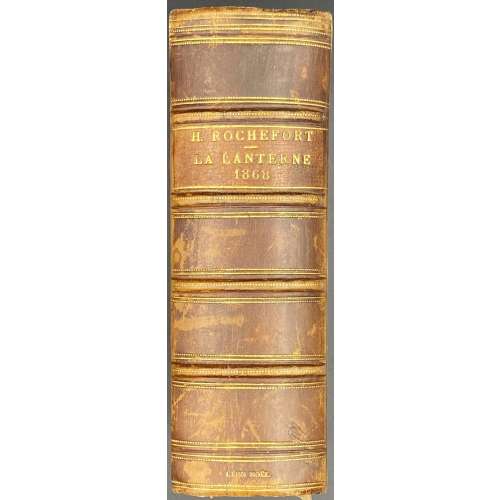
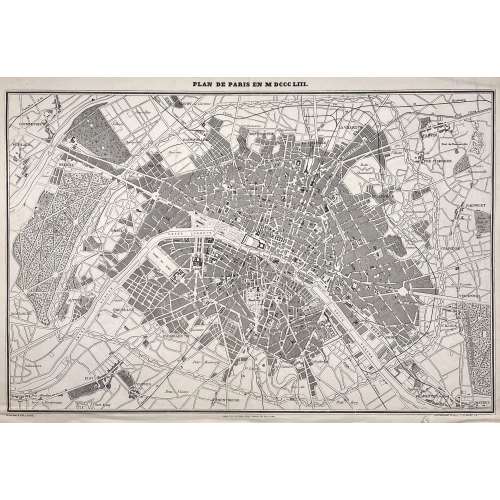
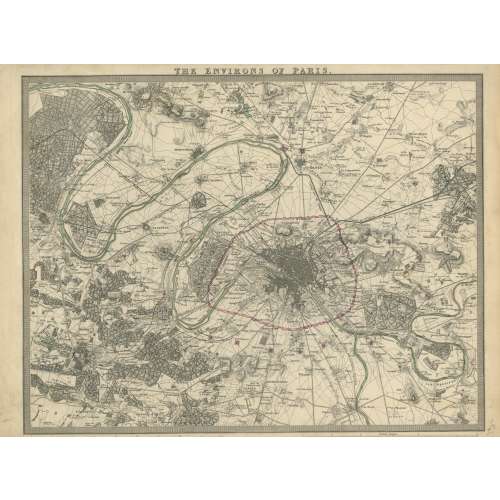
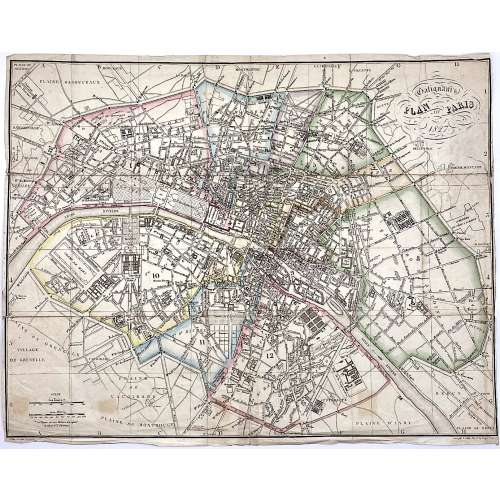
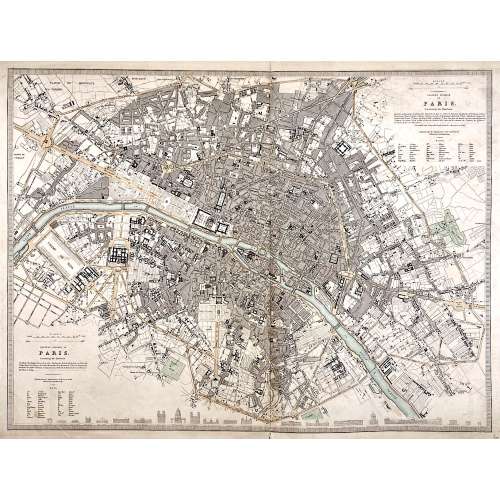
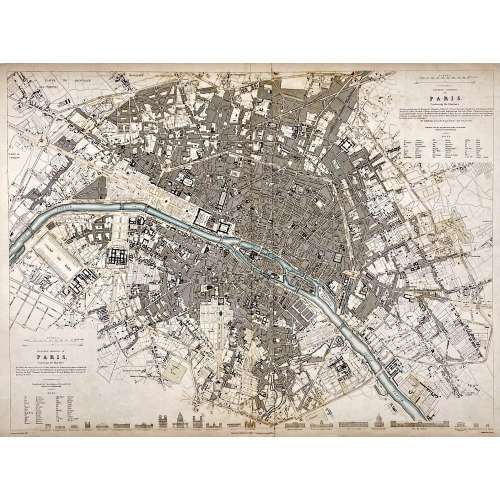
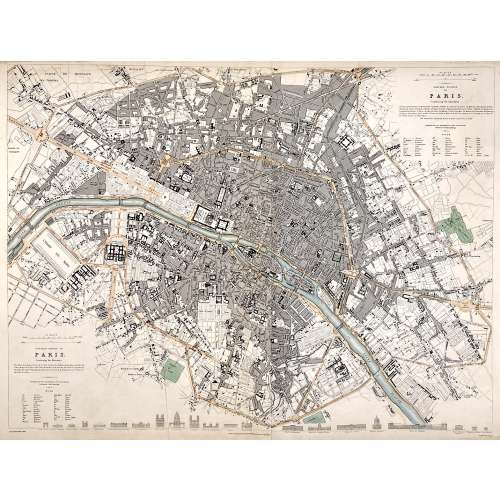
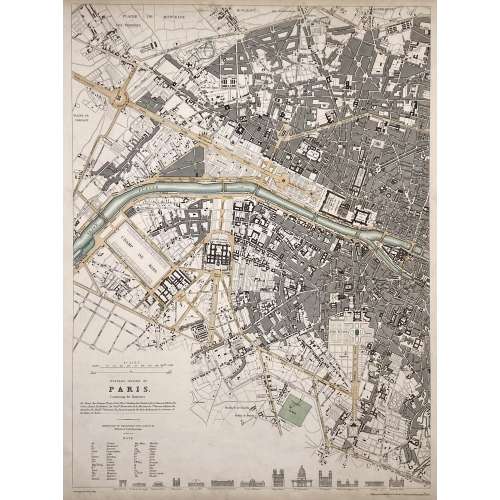
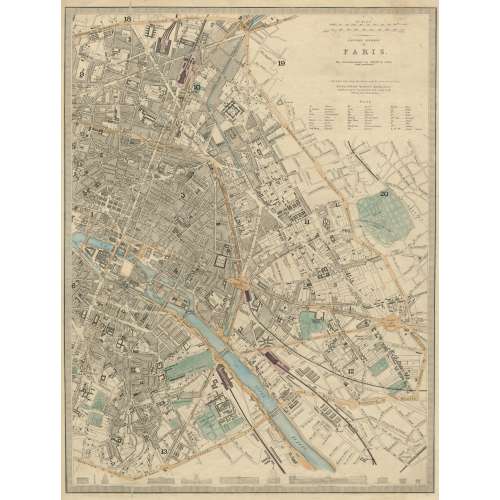

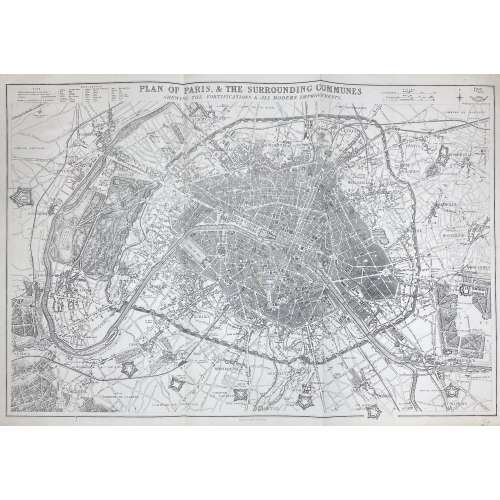
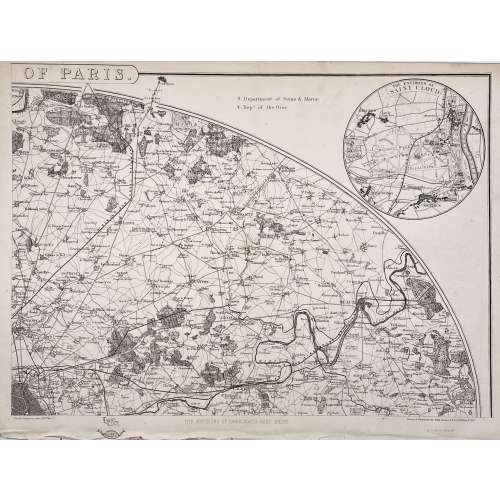

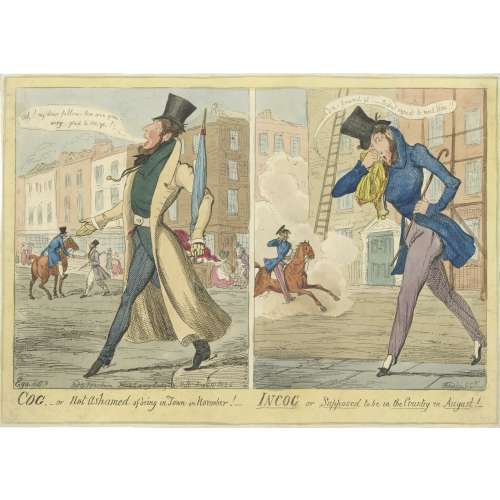

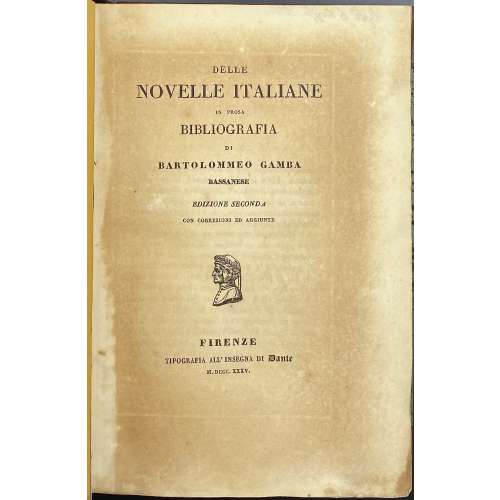

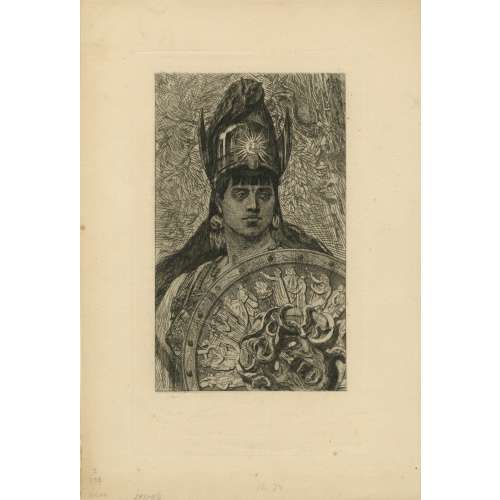
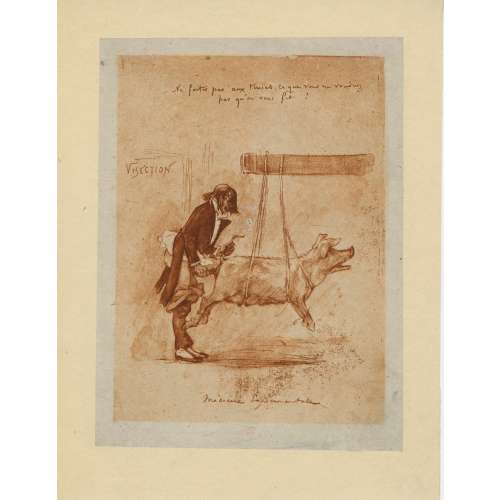
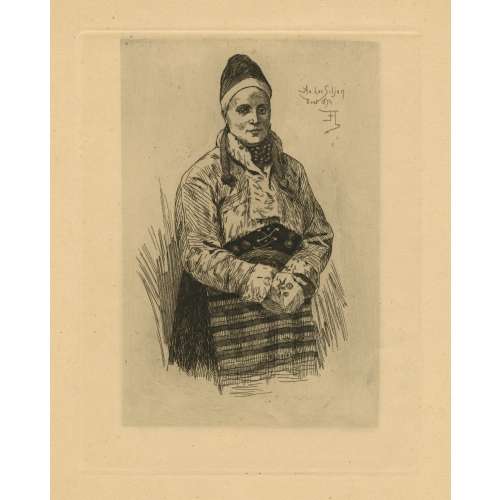
![[Maurice Joly]. Dialogue aux Enfers entre Machiavel et Montesquieu ou la politique de Machiavel au XIX eme Siecle, par Un Contemporain.Publisher: Bruxelles, Imprimerie de A. Mertens et Fils, 1864.](https://varshavskycollection.com/wp-content/uploads/2021/02/LIB-1034-d-scaled-500x500.jpg)
